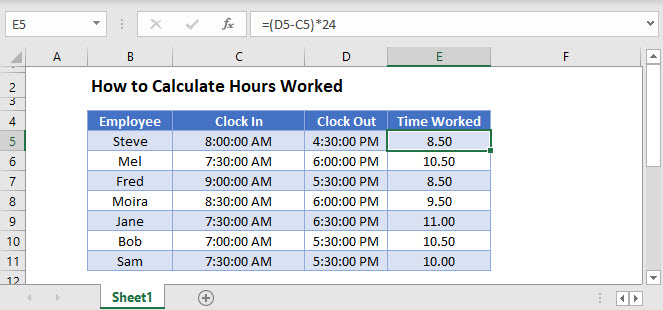
Some common units of time in seconds are: a minute is 60 seconds an hour is 3,600 seconds a day is 86,400 seconds a week is 604,800 seconds a year (other than leap years) is 31,536,000 seconds and a ( Gregorian) century averages 3,155,695,200 seconds with all of the above excluding any possible leap seconds.

For the metric unit of second, there are decimal prefixes representing 10 −24 to 10 24 seconds. It rarely makes sense to express longer periods of time like hours or days in seconds, because they are awkwardly large numbers. Multiples of seconds are usually expressed as minutes and seconds, or hours, minutes and seconds of clock time, separated by colons, such as 11:23:24, or 45:23 (the latter notation can give rise to ambiguity, because the same notation is used to denote hours and minutes).

The difference between apparent solar time and mean time was recognized by astronomers since antiquity, but prior to the invention of accurate mechanical clocks in the mid-17th century, sundials were the only reliable timepieces, and apparent solar time was the only generally accepted standard.Įvents and units of time in seconds įractions of a second are usually denoted in decimal notation, for example 2.01 seconds, or two and one hundredth seconds. The effect is due chiefly to the obliqueness of Earth's axis with respect to its orbit around the sun. The time of day measured with mean time versus apparent time may differ by as much as 15 minutes, but a single day will differ from the next by only a small amount 15 minutes is a cumulative difference over a part of the year. The time kept by a sundial varies by time of year, meaning that seconds, minutes and every other division of time is a different duration at different times of the year. But a sundial which measures the relative position of the sun in the sky called apparent time, does not keep uniform time. That means that every second, minute and every other division of time counted by the clock will be the same duration as any other identical division of time. 5.1 Sexagesimal divisions of calendar time and dayĪ mechanical clock, one which does not depend on measuring the relative rotational position of the Earth, keeps uniform time called mean time, within whatever accuracy is intrinsic to it.Starting in the 1950s, atomic clocks became better timekeepers than Earth's rotation, and they continue to set the standard today. The first timekeepers that could count seconds accurately were pendulum clocks invented in the 17th century. Small divisions of time could not be measured back then, so such divisions were mathematically derived. Sexagesimal divisions of the day from a calendar based on astronomical observation have existed since the third millennium BC, though they were not seconds as we know them today. Camera shutter speeds are often expressed in fractions of a second, such as 1⁄ 30 second or 1⁄ 1000 second. An everyday experience with small fractions of a second is a 1-gigahertz microprocessor which has a cycle time of 1 nanosecond. In scientific work, small fractions of a second are counted in milliseconds (thousandths), microseconds (millionths), nanoseconds (billionths), and sometimes smaller units of a second.

Fractions of a second are usually counted in tenths or hundredths. Multiples of seconds are usually counted in hours and minutes. īecause the Earth's rotation varies and is also slowing very slightly, a leap second is added at irregular intervals to clock time to keep clocks in sync with Earth's rotation. The second is equal to the duration of 9 192 631 770 periods of the radiation corresponding to the transition between the hyperfine levels of the unperturbed ground state of the 133Cs atom. The second is also part of several other units of measurement like meters per second for speed, meters per second per second for acceleration, and cycles per second for frequency.Īlthough the historical definition of the unit was based on this division of the Earth's rotation cycle, the formal definition in the International System of Units ( SI) is a much steadier timekeeper: Digital clocks and watches often have a two-digit seconds counter. Analog clocks and watches often have sixty tick marks on their faces, representing seconds (and minutes), and a "second hand" to mark the passage of time in seconds. The second (symbol: s, also abbreviated: sec ) is the base unit of time in the International System of Units (SI) ( French: Système International d’unités), commonly understood and historically defined as 1⁄ 86400 of a day – this factor derived from the division of the day first into 24 hours, then to 60 minutes and finally to 60 seconds each (24 × 60 × 60 = 86400). A pendulum-governed escapement of a clock, ticking every second


 0 kommentar(er)
0 kommentar(er)
